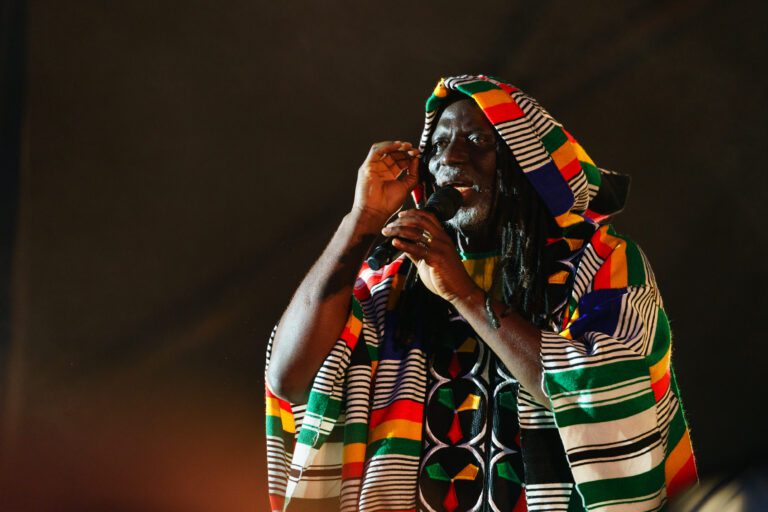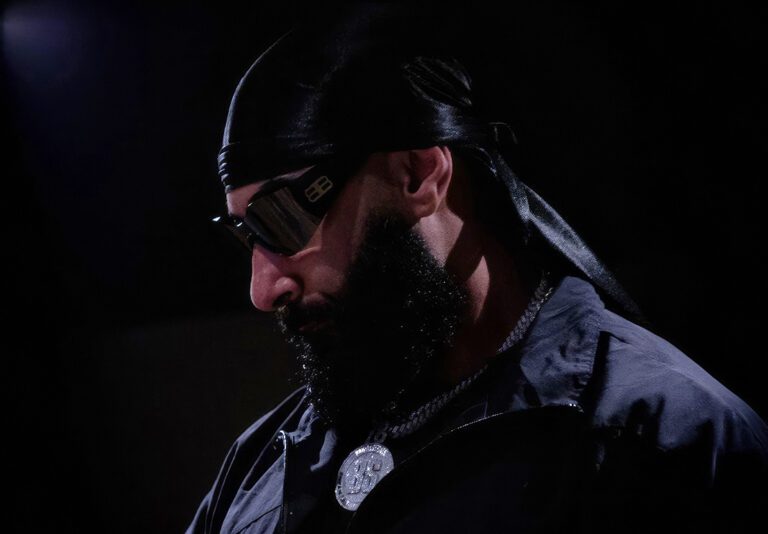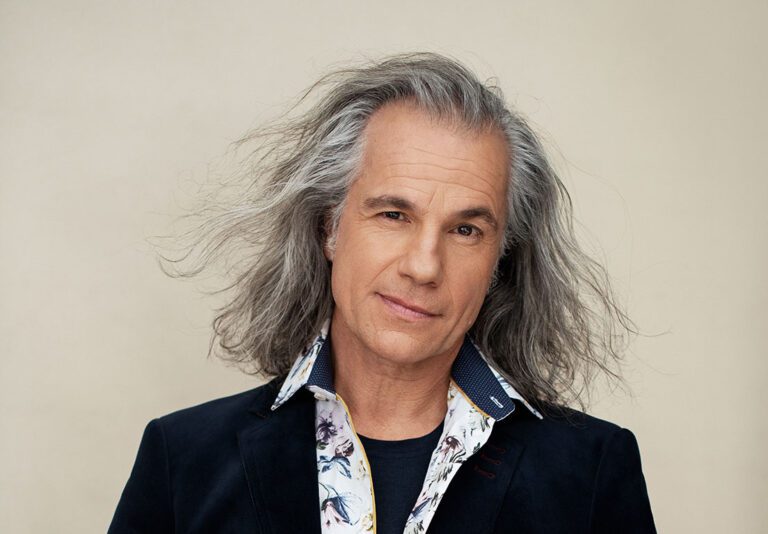Depuis ses premiers pas dans le hip-hop, Caballero, rappeur bruxellois d’origine espagnole, s’est rarement retrouvé seul et a toujours cherché à s’entourer par souci d’émulation : Bruxelles Convoi, Ultimate Team, Gandhi, Scylla, Les Corbeaux, Black Syndicat… autant de projets qui vont former son identité sonore, de même que sa collaboration avec Lomepal. Mais son vrai alter-ego, il va le trouver en la personne de JeanJass (Exodarap). Leur complicité va s’afficher sur l’album commun Double Hélice en 2016 et faire d’eux les têtes de pont d’une vague rap belge saluée par la critique aux côtés de Damso, Roméo Elvis ou encore Hamza. Leur combinaison de haut-vol se prolonge sur Double Hélice 2 (qui comprend des interventions d’Angèle et Roméo Elvis) et Double Hélice 3 (avec un retour de ce dernier et le concours de Hamza, Sofiane et Krisy). Les deux rappeurs lancent en parallèle une émission sur leur chaîne vidéo, accueillant de nombreux invités issus du hip-hop, High et Fines Herbes, et mêlant cuisine et cannabis… Le concept se prolonge en musique puisque le duo sort une mixtape homonyme en 2020 en guise de bande-son de l’émission, laquelle est garnie de nombreuses collaborations avec les apparitions de Roméo Elvis, Slimka, Alkpote, Oxmo Puccino, Bigflo & Oli, entre nombreux autres. En 2023, les deux rappeurs publient High et Fines Herbes La Mixtape – Volume 2 (n° 11), sur laquelle ils lancent de multiples invitations, à des artistes aussi variés que Rim’K & Soso Maness, So La Lune, Savage Toddy, Le Juiice ou encore l’humoriste Paul Mirabel entre autres. D’autre part, le duo lance la série ZushiBoyz, dont le premier volume voit le jour en 2021, avec pour concept d’inviter différents producteurs comme Nicholas Craven, Mike Shabb, Mani Deiz ou Agusta sur le quatrième volume paru en 2024.
Since his early days in hip-hop, Brussels-based rapper Caballero—of Spanish descent—has rarely worked solo, always seeking collaboration as a source of creative stimulation. Projects like Bruxelles Convoi, Ultimate Team, Gandhi, Scylla, Les Corbeaux, and Black Syndicat helped shape his musical identity, as did his collaboration with Lomepal. But it was in JeanJass (Exodarap) that he found his true musical counterpart. Their chemistry was cemented with the joint album Double Hélice in 2016, making them key figures in the critically acclaimed Belgian rap wave alongside Damso, Roméo Elvis, and Hamza. Their high-powered duo continued with Double Hélice 2 (featuring Angèle and Roméo Elvis) and Double Hélice 3 (with appearances from Hamza, Sofiane, and Krisy). Parallel to their music, the pair launched a video series titled High et Fines Herbes, where they welcomed various guests from the hip-hop world and blended cooking with cannabis culture. The concept spilled over into music with the release of a self-titled mixtape in 2020—serving as the show’s soundtrack—featuring a wide array of collaborations with Roméo Elvis, Slimka, Alkpote, Oxmo Puccino, Bigflo & Oli, and many more. In 2023, they followed up with High et Fines Herbes La Mixtape – Volume 2 (n°11), again bringing in a diverse cast including Rim’K & Soso Maness, So La Lune, Savage Toddy, Le Juiice, and even comedian Paul Mirabel. The duo also launched the ZushiBoyz series, inviting different producers to shape each installment. The first volume dropped in 2021, and by the fourth volume in 2024, the series had featured talents like Nicholas Craven, Mike Shabb, Mani Deiz, and Agusta.
CE SPECTACLE EST GRATUIT!
Ce contenu provient d’Universal Music France et est adapté par PAN M 360











